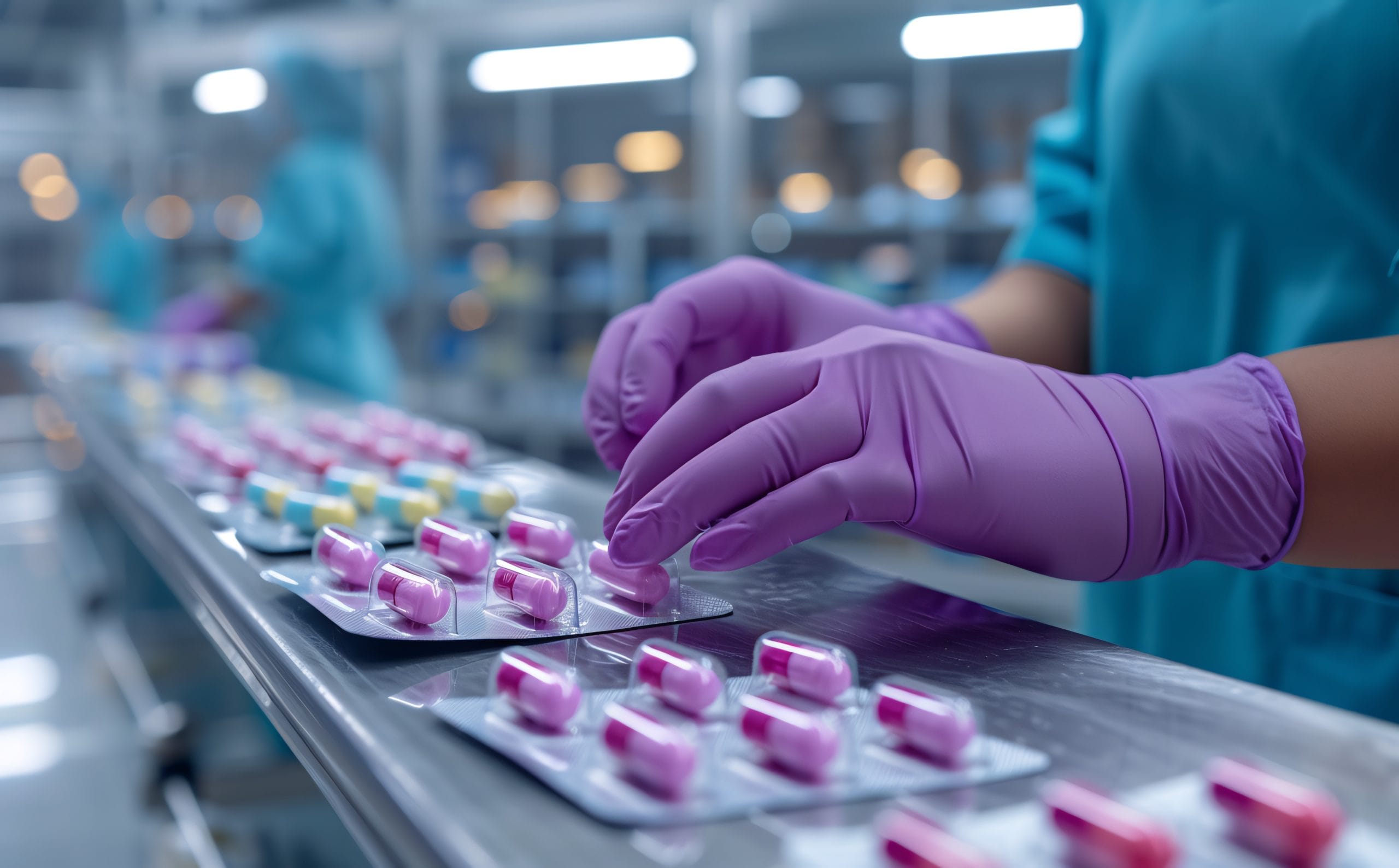
The pharmaceutical sector is one of the most significant contributors to global healthcare advancement, ensuring access to essential medicines, life-saving therapies, and innovative healthcare solutions. Within this vast industry, pharmaceutical manufacturing hubs play a critical role in supporting efficient and large-scale drug production. These hubs are centralized industrial regions where multiple pharmaceutical companies operate together, benefiting from shared infrastructure, skilled labor, supportive regulations, and strong logistics networks. They form the backbone of medical supply chains, enabling medicines to be manufactured in bulk and distributed to national and international markets smoothly.
Over the last few decades, countries like India have emerged as major global suppliers of pharmaceutical products, earning recognition as the “Pharmacy of the World.” Regions such as Baddi (Himachal Pradesh), Ahmedabad (Gujarat), Haridwar (Uttarakhand), and Hyderabad (Telangana) have developed into established pharmaceutical manufacturing centers. These hubs house facilities for formulation development, production, testing, packaging, regulatory compliance, warehousing, and export logistics. Advanced technologies such as automation, sterile manufacturing, high-grade reactors, and modern testing laboratories are widely used to ensure product accuracy, safety, and therapeutic efficiency.
Pharmaceutical manufacturing hubs also benefit from favorable government policies, tax incentives, and simplified industrial approvals that encourage large-scale investment. Additionally, the availability of raw materials, packaging suppliers, chemical vendors, cold storage facilities, and transport routes nearby makes manufacturing faster, more reliable, and cost-effective. Skilled and semi-skilled workers, pharmacists, researchers, and quality professionals contribute to maintaining production efficiency and quality control.
The importance of pharmaceutical manufacturing hubs continues to grow as the global population expands and demand for affordable and high-quality medicines increases. These hubs strengthen healthcare accessibility, improve treatment affordability, and create economic growth through employment, exports, and industrial development. As healthcare challenges become more complex and new diseases emerge, the role of strong pharmaceutical production centers becomes even more vital in ensuring timely supply of medicines to hospitals, pharmacies, and clinics worldwide.

Key Advantages of Pharmaceutical Manufacturing Hubs
Centralized Production Strength and Industrial Ecosystem
One of the most significant strengths of a pharmaceutical manufacturing hub is the centralized production environment. Having multiple pharmaceutical facilities located within the same industrial region allows for better resource sharing, enhanced collaboration, and smoother business coordination. From raw material suppliers to quality testing laboratories, all essential elements needed for drug production are readily available, reducing delays and improving cost efficiency.
Advantages
- Economies of Scale: Since manufacturing hubs support large-scale production, the cost per unit of medicine decreases. This enables companies to offer high-quality products at competitive pricing, making healthcare more affordable for consumers.
- Availability of Skilled Workforce: Pharmaceutical hubs attract and develop experienced professionals, including pharmacists, chemists, quality analysts, microbiologists, management staff, and manufacturing technicians. Their expertise ensures consistent product quality and efficient operations.
- Advanced Manufacturing Infrastructure: Modern machinery, sterilization equipment, automated packaging systems, cleanrooms, and climate-controlled storage areas ensure that medicines retain their efficacy and stability from production to distribution.
- Regulatory Compliance and Certifications: Most pharmaceutical manufacturing hubs follow strict regulatory guidelines such as WHO-GMP, ISO quality standards, and DCGI approvals. Adherence to these protocols ensures patient safety and maintains trust among healthcare providers.
- Efficient Supply Chain and Distribution Network: Being strategically located near road, rail, and air transport facilities, manufacturing hubs enable quick transportation of medicines to distributors and healthcare centers across the country and internationally.
Additional Supporting Factors
- Cost Efficiency and Competitive Advantage: Manufacturing in hubs reduces operating costs due to shared utilities, tax benefits, and reduced raw material transportation expenses. This enables companies to maintain competitive pricing without compromising on quality.
- Research and Innovation Opportunities: Many hubs are home to R&D labs that work on product improvement, formulation stability, new drug delivery methods, and generic drug development. This enhances innovation and supports the continuous improvement of therapeutic products.
- Government and Industrial Support: Several pharmaceutical hubs receive government assistance through subsidies, tax relief, export incentives, and simplified regulatory processes, which encourage industrial growth and global expansion.
Infrastructure, Capabilities, and Operational Strength
Modern Manufacturing Capabilities
Pharmaceutical manufacturing hubs are equipped with state-of-the-art facilities designed to ensure accuracy, quality, safety, and compliance throughout the production process. The infrastructure within these hubs supports various forms of drug production, including tablets, capsules, injectables, syrups, ointments, herbal formulations, and advanced specialty drugs.
Key Functional Strengths
- High-Precision Quality Control Laboratories
Quality control is essential in pharmaceutical production. Manufacturing hubs maintain dedicated chemical and microbiological testing labs where raw materials and finished products are tested for purity, potency, stability, and safety. This ensures every batch meets global therapeutic standards.
- Automated Production and Packaging Systems
Automation has significantly improved pharmaceutical production efficiency. Automated machines ensure consistent measurements, reduce contamination risks, and speed up the packaging process. This improves product output while maintaining strict hygiene conditions.
- Research and Development (R&D) Units
R&D departments in manufacturing hubs work to improve formulations, create new drug variants, and enhance delivery methods for better patient outcomes. They also contribute to the development of generic versions of essential drugs at affordable costs.
- Sterile and Contamination-Controlled Environments
Cleanrooms and sterile manufacturing zones are maintained to prevent contamination during drug production. These environments follow strict air filtration and hygiene protocols to ensure the safety and integrity of injectable and oral formulations.
- Temperature-Controlled Warehousing and Logistics
Medicines require controlled storage conditions to maintain effectiveness. Hubs include warehousing units equipped with temperature monitoring systems and air-sealed storage to protect drugs from environmental degradation.
- Trained and Certified Technical Teams
Human resource development is a core component of manufacturing hubs. Workers undergo continuous training in handling machinery, quality protocols, and regulatory compliance to ensure operational efficiency.
- Regulatory and Documentation Management
Documentation teams maintain detailed records for audits, licensing, and compliance reviews. This ensures transparency, supports product registration, and strengthens trust among national and international healthcare organizations.